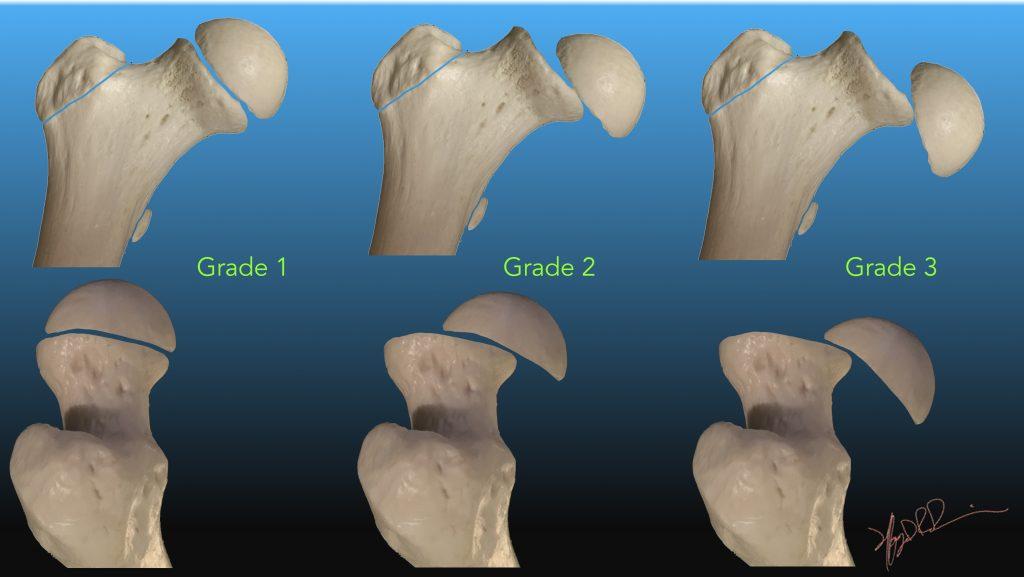Slipped Capital Femoral Epiphysis

Overview
Slipped Capital Femoral Epiphysis (SCFE) is a childhood hip disorder that affects the femoral head (the ball at the top of the thigh bone) in the hip joint. It happens when the femoral head moves or ’slips’ off the rest of the thigh bone in a backward direction. This condition is most common among adolescents, especially in those aged between 11-16 years.
Types
SCFE typically occurs in two types: stable and unstable.
- Stable SCFE: In these cases, the patient can still walk, albeit with some discomfort or a limp.
- Unstable SCFE: This type is more severe. The patient cannot walk or bear weight on the hip, even with crutches.
Causes
The exact cause of SCFE is not known, but various risk factors have been identified. These include:
- Obesity: The additional pressure on the hip joint from excess weight can trigger SCFE.
- Growth spurts: Adolescents going through rapid growth may have a higher risk.
- Endocrine disorders: Certain conditions, such as diabetes, can increase the risk of SCFE.
Symptoms
Some of the common symptoms of SCFE include:
- Limping
- Pain in the hip, knee, or thigh
- Difficulty moving the hip
- The leg turning outwards
Less common symptoms can also include loss of appetite and fever.
Diagnosis
Diagnosis for SCFE ascertains through a combination of a physical exam, medical history, and imaging tests.
- Physical examination: The doctor will observe your child’s gait and check the hip’s range of motion.
- X-rays: X-rays show the position of the femoral head in the hip joint.
- Magnetic Resonance Imaging (MRI): In some cases, an MRI may be necessary to visualize soft tissue structures and confirm the diagnosis.
Treatment Options
Treatment for SCFE is generally surgical and aims to prevent further slippage by fixing the femoral head to the thigh bone. Two main types of surgery can be performed:
- In-situ pinning: This minimally invasive surgery uses screws to stabilize the femoral head.
- Open reduction and internal fixation: In more severe cases, the surgeon may need to manually reposition the slipped femoral head before fixing it with screws.
Non-surgical treatments, such as physiotherapy, may also be useful for regaining movement and strength in the hip after surgery.
Living With Slipped Capital Femoral Epiphysis
While dealing with SCFE can be challenging, proactive steps can help manage the condition:
- Lifestyle changes: If overweight, weight loss can decrease additional stress on the hip joint.
- Medication management: Pain relievers can be used to manage pain after surgery.
- Coping strategies: Support from family, friends, and potentially a mental health professional can assist in dealing with feelings of frustration or sadness.
When to Seek Help
If your child is experiencing hip, thigh, or knee pain – especially accompanied by a limp or inability to bear weight – seek immediate medical attention. Early diagnosis and treatment of SCFE can prevent long-term complications such as hip osteoarthritis.
